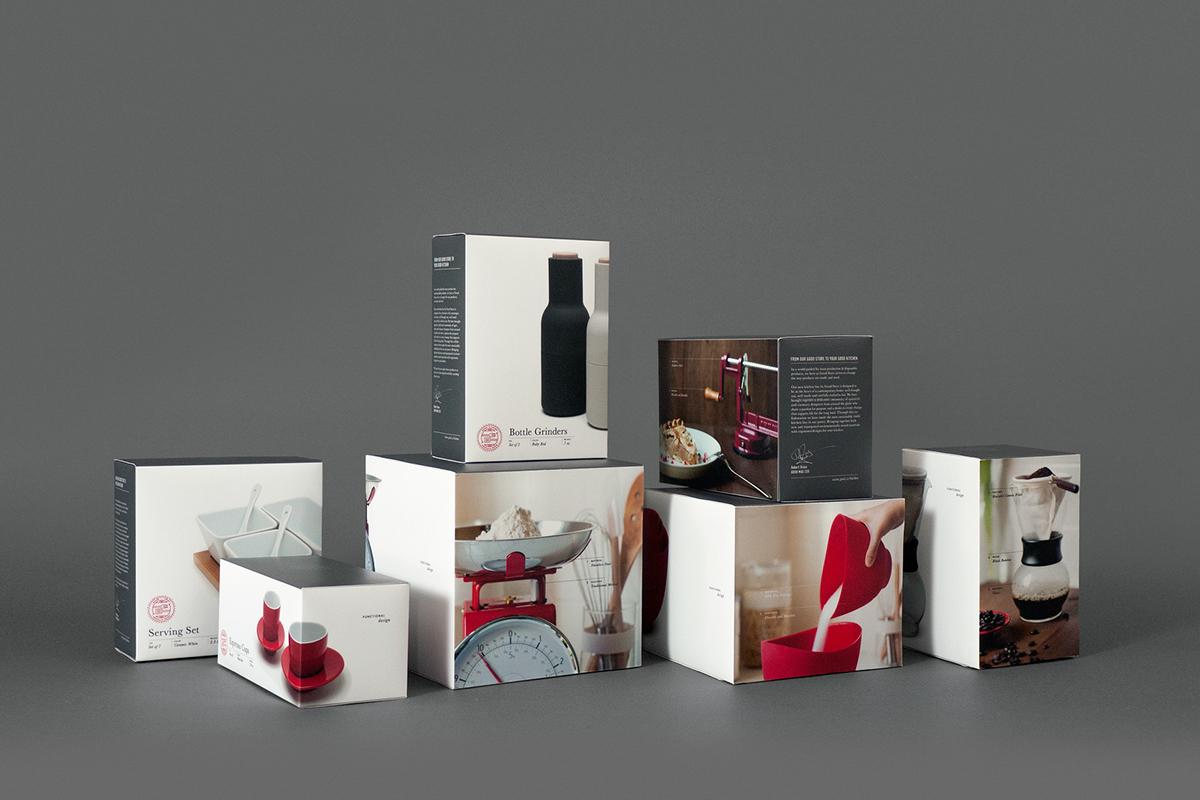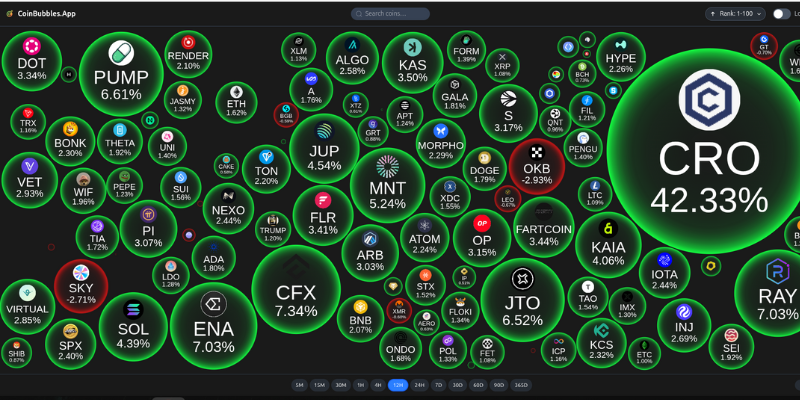Understanding Printing Techniques for Custom Retail Packaging

Introduction
In the competitive world of retail, packaging is more than just a protective layer for products; it serves as a powerful marketing tool that communicates a brand's identity and values. The choice of printing technique plays a crucial role in how a product is perceived by consumers. This article explores various printing methods used in custom retail packaging, highlighting their advantages, applications, and considerations.
Flexographic Printing: Versatility in Packaging
Flexographic printing, often referred to as flexo, is a widely used method in the packaging industry. It employs flexible relief plates, akin to stamps, which are mounted onto rotating cylinders. These plates are coated with fast-drying inks and pressed onto the packaging material, transferring the design. Flexo printing is renowned for its ability to print on a diverse range of substrates, including plastic, metallic films, cellophane, and paper. This versatility makes it an ideal choice for producing large volumes of packaging materials such as corrugated boxes and flexible pouches .
One of the significant advantages of flexographic printing is its speed and efficiency, making it suitable for high-volume production runs. Additionally, the method is cost-effective, especially for large-scale manufacturing. However, it's important to note that while flexo printing is efficient, it may not achieve the same level of detail as other methods like lithographic printing. Therefore, it's best suited for designs that do not require intricate details or fine lines.
Lithographic (Offset) Printing: High-Quality and Detailed Prints
Lithographic printing, also known as offset printing, is a popular method for producing high-quality prints with sharp details and vibrant colors. In this process, the image is first transferred onto an aluminum plate and then onto a rubber blanket before being applied to the printing surface. This indirect transfer allows for precise and consistent reproduction of designs.
Lithographic printing is particularly favored for custom folding cartons, corrugated packaging, and expansive labels used in packaging and retail displays. It offers excellent color accuracy and is capable of producing fine details, making it ideal for designs that require high-resolution images and intricate graphics .
While lithographic printing delivers superior quality, it may involve higher setup costs and longer turnaround times compared to other methods. Therefore, it is most beneficial for medium to large production runs where the emphasis is on quality and detail.
Digital Printing: Flexibility and Quick Turnaround
Digital printing has revolutionized the packaging industry by offering flexibility and quick turnaround times. Unlike traditional methods that require plates and setup, digital printing uses electronic files to directly transfer images onto the packaging material. This direct-to-surface technique allows for rapid production and customization.
Digital printing is particularly advantageous for short-run productions, prototypes, and designs that require frequent updates or personalization. It enables brands to test different designs or make last-minute changes without incurring significant costs. Moreover, digital printing supports a wide range of colors and gradients, making it suitable for complex and colorful designs .
However, digital printing may not be as cost-effective for large-scale production runs due to higher per-unit costs. Additionally, while it offers good color reproduction, it may not match the color accuracy and consistency achieved by lithographic printing.
Screen Printing: Durability and Texture
Screen printing is a technique where ink is pushed through a mesh screen onto the printing surface, creating a design. This method is known for its durability and ability to produce tactile textures on packaging materials. Screen printing is commonly used for printing on rigid substrates such as glass, metal, and plastic.
In the context of retail packaging, screen printing is often employed for creating bold, vibrant designs that require a tactile feel. It is ideal for applications where durability and texture are important, such as on cosmetic packaging or promotional items. Screen printing allows for the use of specialty inks, including metallic and fluorescent colors, adding a unique dimension to the packaging design .
While screen printing offers durability and texture, it may not be suitable for designs with intricate details or gradients. The setup process can also be time-consuming, making it less efficient for short-run productions.
Gravure Printing: High-Volume Production with Fine Detail
Gravure printing, also known as rotogravure, is a high-speed, high-volume printing method that uses engraved cylinders to transfer ink onto the printing surface. This technique is capable of producing fine details and consistent color reproduction, making it suitable for large-scale production runs.
Gravure printing is commonly used for printing on flexible packaging materials such as films and foils. It is ideal for applications where high-quality images and consistent color are essential, such as in the food and beverage industry. The method supports a wide range of colors and can achieve high-resolution images, making it suitable for complex designs .
However, gravure printing involves high setup costs and is most cost-effective for large production runs. The engraving process can also limit flexibility in making design changes once production has begun.
Choosing the Right Printing Technique
Selecting the appropriate printing technique for custom retail packaging depends on several factors, including the type of product, production volume, design complexity, and budget. For high-quality prints with intricate details, lithographic printing may be the best choice. For large-volume production with versatile substrate compatibility, flexographic printing is ideal. Digital printing offers flexibility and quick turnaround for short-run productions, while screen printing provides durability and texture for specific applications.
It's essential to consider the specific needs of your packaging project and consult with printing professionals to determine the most suitable method. By aligning the printing technique with your brand's objectives and product requirements, you can create packaging that not only protects your product but also enhances its appeal and communicates your brand's identity effectively.
Conclusion
In conclusion, the choice of printing technique plays a pivotal role in custom retail packaging. Each method—be it flexographic, lithographic, digital, screen, or gravure printing—offers unique advantages and is suited to different applications. Understanding the strengths and limitations of each technique allows brands to make informed decisions that align with their packaging goals.
By selecting the appropriate printing method, businesses can ensure that their packaging not only protects the product but also serves as an effective marketing tool that resonates with consumers. Thoughtful consideration of printing techniques contributes to creating packaging that enhances brand identity, attracts customers, and stands out in the competitive retail market.
For more insights into printing techniques used in custom retail packaging, you can explore this detailed guide: What Printing Techniques Are Used on Custom Retail Packaging.






